
views
X
Research source
Whether you keep it in a bag, a box, or a digital folder, this guide will help you create a personalised pain toolkit you can count on.
Identifying What You Need Most During a Flare-Up

Reflect on your typical flare-up symptoms. Write down what usually happens during a flare: Is it sharp pain, deep aching, spasms, or fatigue? Do you also feel panicky, foggy, or overwhelmed? Identifying your specific patterns will help you build a kit that addresses both physical and emotional needs.

Think about what soothes and supports you. Not all advice works for everyone. Consider what actually helps you feel a bit more grounded or in control - whether it’s medication, a soft blanket, a favourite plush, music, or quiet. Note: Your kit should reflect your preferences.

Get ideas from others. If you have friends or family who live with chronic illness or chronic pain, ask what they keep nearby when things get tough. You might discover go-to items you hadn’t thought of (e.g. a specific heat patch, sensory item, or app) that could also benefit you. Note: Everyone’s kit looks different, and learning from others can help you tailor your own. Things that work for others might not work for you.
Assembling Your Physical Flare-Up Kit
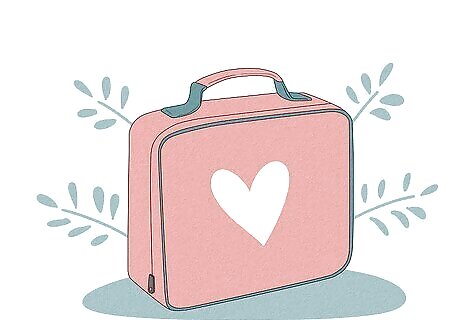
Choose a container for your kit. Pick a box, tote bag, or pouch that’s easy to grab when pain hits. It should be small enough for you to take on the go. Choose something soft, portable, and visually calming. Label it clearly if needed.
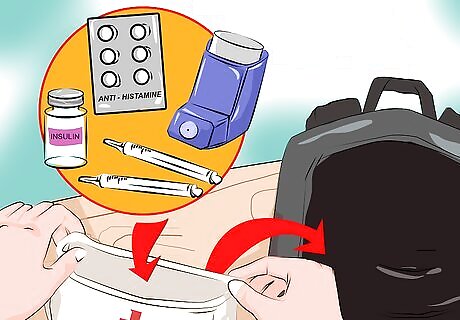
Include essential medical supplies. Add anything that helps you manage the physical pain, such as: Prescribed medications (pain relief, muscle relaxants, etc.) Heat packs or cold compresses A TENS unit or mini massager Any mobility aids or braces you may need
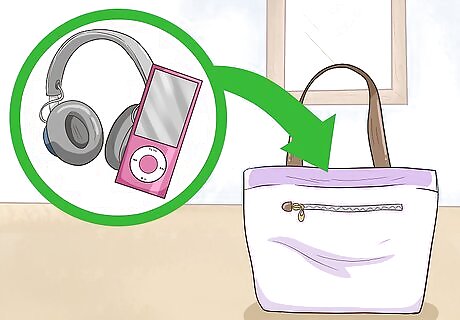
Add tools for emotional regulation and grounding. Include items that help you stay calm and regulate your breathing, for example: Fidget toys or smooth textures (like putty) Earplugs or noise-cancelling headphones A written breathing guide or flare-up plan A grounding object, like a worry stone or familiar scent
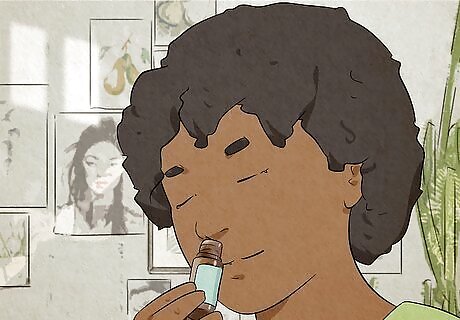
Pack comforting personal items. A little comfort goes a long way when you’re in pain. Try adding: A soft hoodie, blanket, or stuffed animal Lip balm, hand lotion, or scented roller oil A photo, letter, or note to yourself with kind words

Include distractions for your mind. Keep your brain gently occupied to avoid spiralling: A playlist of calm or favourite songs A downloaded comfort show or audiobook A colouring book, crossword, or easy read
Creating a Digital Companion Kit
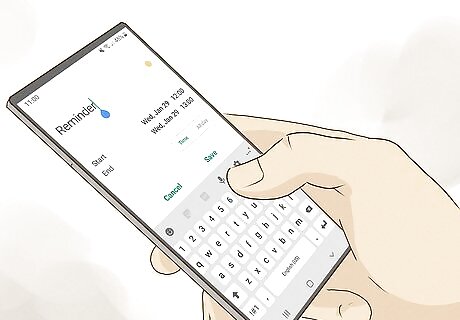
Save helpful files and tools on your phone. Make a folder in your Notes or Files app with: Your flare-up plan Medication timings Visuals or reminders (e.g. your “happy place”)
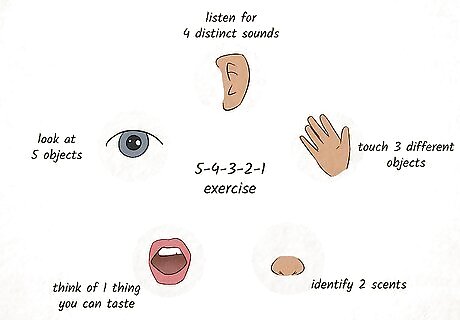
Bookmark or download media that helps you cope. That could be: Calming videos or breathing animations Screenshots of supportive messages from friends or care providers Your favourite meditation or body-scan audio A specific music playlist for flare-ups
Using Your Kit with Care and Practice
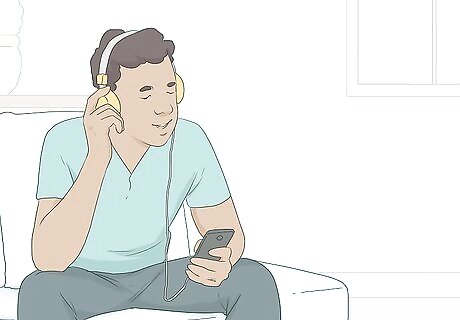
Practice using your kit before you’re overwhelmed. Try it out during milder pain days so you’re familiar with what’s inside. The more instinctive it feels, the easier it will be to reach for it when things are intense.

Tell a trusted person what’s in your kit. Let someone close to you know how it works. That way, if you’re too distressed to help yourself, they can gently remind you or bring it to you.

Update your kit as your needs change. Your needs might shift over time and that’s okay. What helps during one flare-up might not work during another. Swap things out, try new strategies, and don’t feel bad if something no longer helps. Note: Your kit should grow with you. Treat it like a living resource, not something fixed or final.












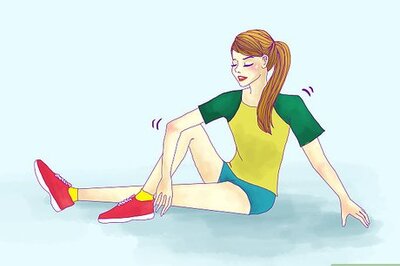






Comments
0 comment